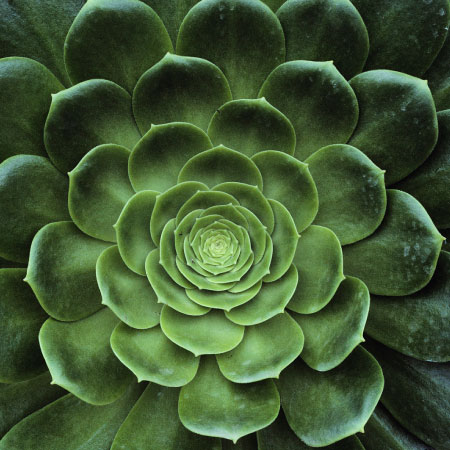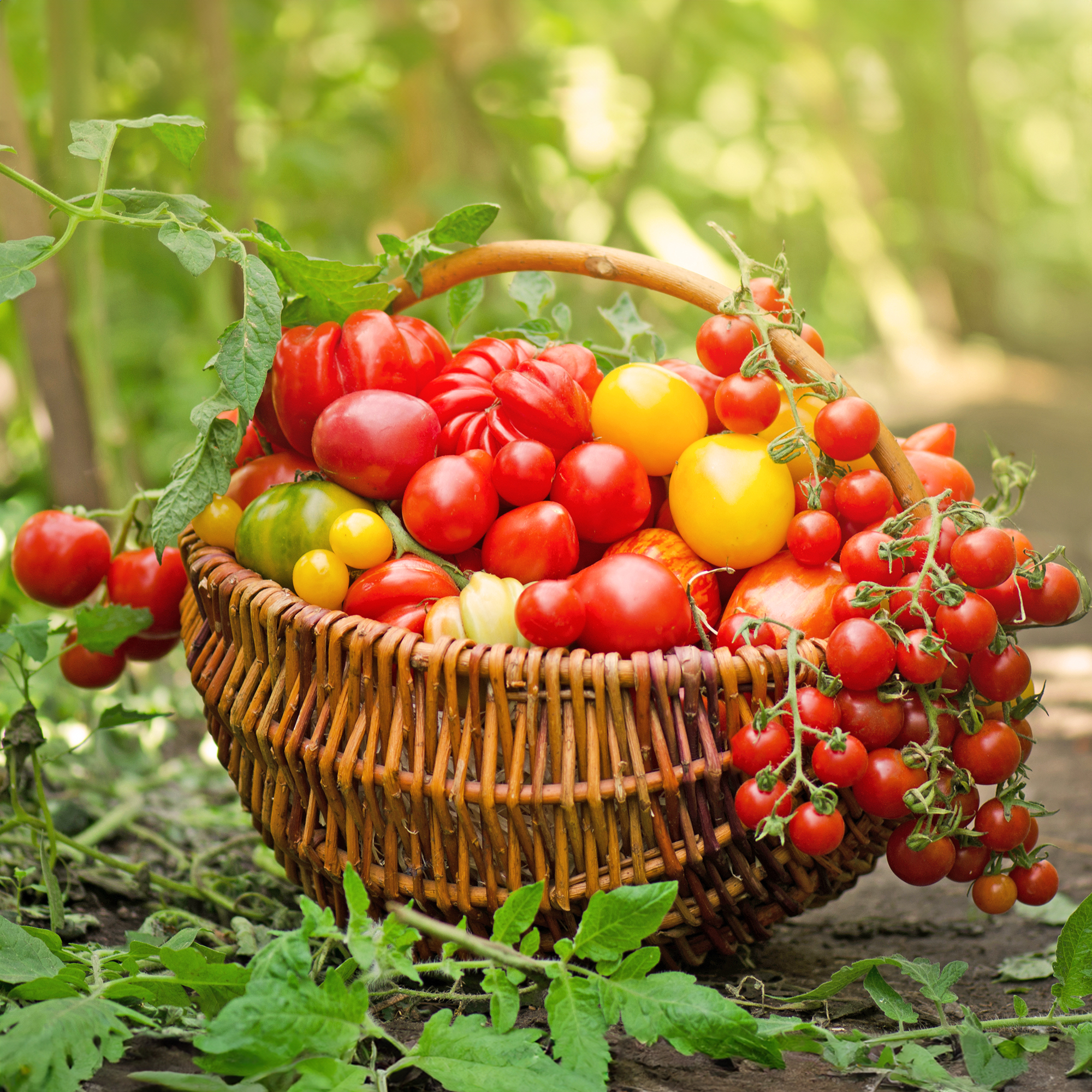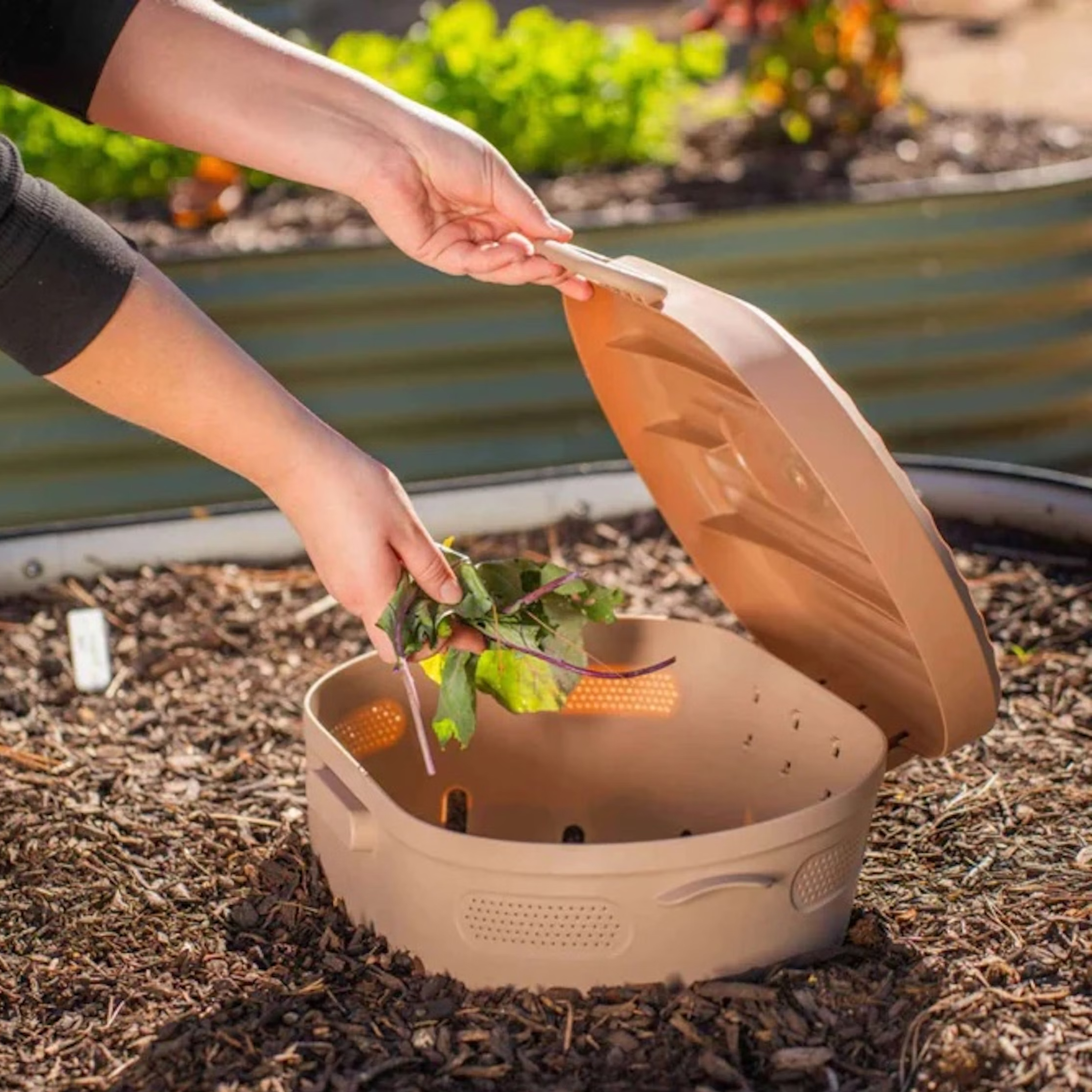Summercrisp Pear Info – Growing Summercrisp Pears In The Garden

Summercrisp pear trees were introduced by the University of Minnesota, bred especially to survive in cold climates. Summercrisp trees can tolerate punishing cold as low as -20 F. (-29 C.), and some sources say they may even tolerate frigid temps of -30 F. (-34 C.). Want to know more about cold hardy Summercrisp pears? Read on for Summercrisp pear information, and learn how to grow Summercrisp pears in your garden.
What is a Summercrisp Pear?
If you don’t like the soft, grainy texture of most pear varieties, Summercrisp may be a perfect choice for you. Although Summercrisp pears definitely taste like pears, the texture is more akin to a crispy apple. While Summercrisp pear trees are grown primarily for their fruit, the ornamental value is considerable, with attractive green foliage and clouds of white blooms in spring. The pears, which show up in one to two years, are summery green with a bright blush of red.
Growing Summercrisp Pears
Summercrisp pear trees are fast growers, reaching heights of 18 to 25 feet (5 to 7.6 m.) at maturity. Plant at least one pollinator nearby. Good candidates include:
Plant Summercrisp pear trees in nearly any type of well-drained soil, with the exception of highly alkaline soil. Like all pear trees, Summercrisp performs best in full sunlight. Summercrisp trees are relatively drought tolerant. Water weekly when the tree is young and during extended dry periods. Otherwise, normal rainfall is generally sufficient. Be careful not to overwater. Provide 2 or 3 inches (5 to 7.5 cm.) of mulch every spring. It isn’t usually necessary to prune Summercrisp pear trees. However, you can prune overcrowded or winter-damaged branches in late winter.
Harvesting Summercrisp Pear Trees
Summercrisp pears are harvested in August, as soon as the pears turn from green to yellow. The fruit is firm and crisp straight off the tree and requires no ripening. The pears retain their quality in cold storage (or your refrigerator) up to two months.
Gardening tips, videos, info and more delivered right to your inbox!
Sign up for the Gardening Know How newsletter today and receive a free copy of our e-book "How to Grow Delicious Tomatoes".

A Credentialed Garden Writer, Mary H. Dyer was with Gardening Know How in the very beginning, publishing articles as early as 2007.
-
 Types Of Tomatoes Explained: Explore The Many Wonderful Shapes, Colors, Flavors, & Best Uses
Types Of Tomatoes Explained: Explore The Many Wonderful Shapes, Colors, Flavors, & Best UsesThe world of tomato varieties is vast and fascinating. Learn about the key types to grow in your garden, tailored to your preferences and space.
By Amy Grant
-
 Try The Trend – Turn Any Bed Into A Keyhole Garden With This Clever In-Ground Composter
Try The Trend – Turn Any Bed Into A Keyhole Garden With This Clever In-Ground ComposterKeyhole gardening is an efficient and sustainable practice that saves space. Get started on this DIY project quickly and easily with an in-ground composter.
By Bonnie L. Grant